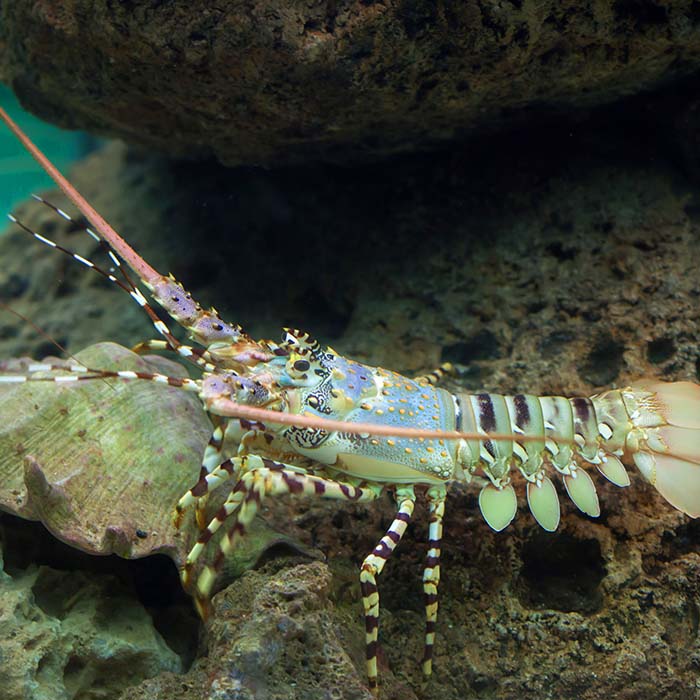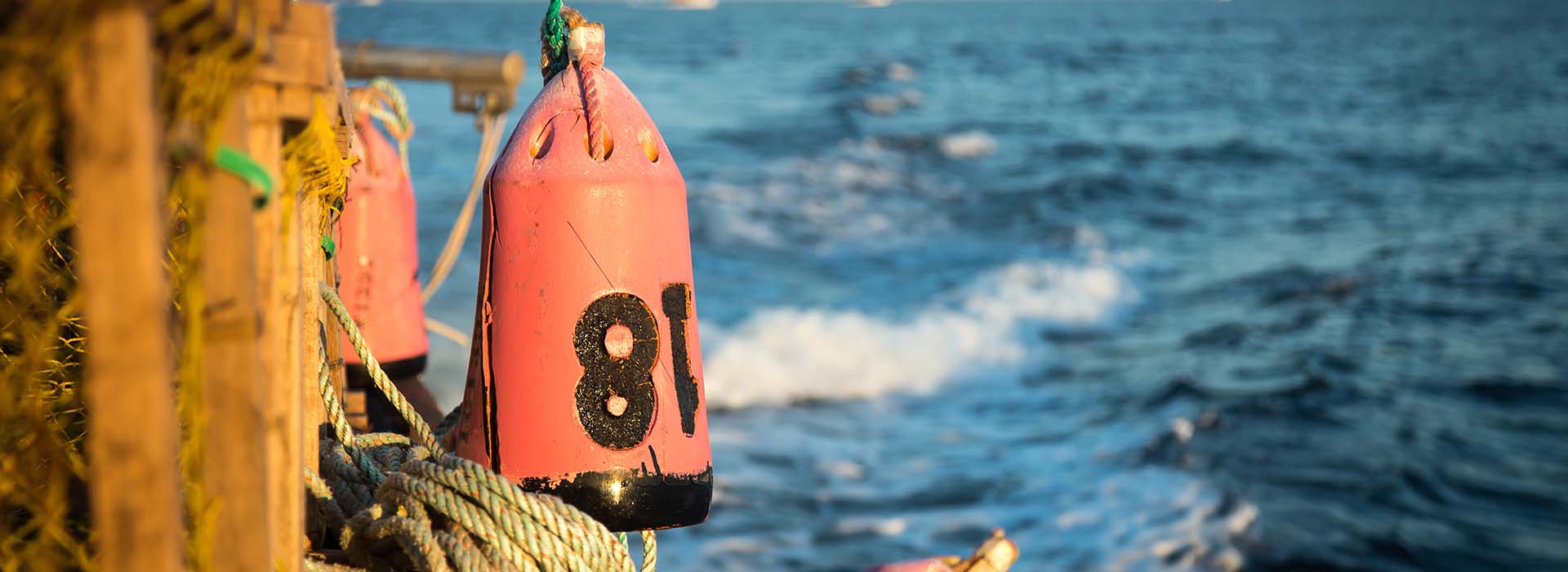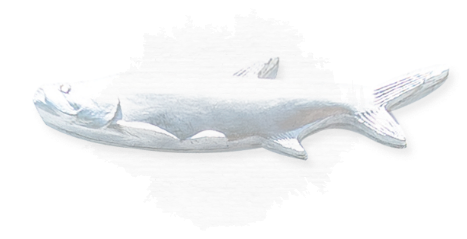Key West’s waters are teeming with fascinating marine life. The coral reef off the coast of Key West is home to a beautiful array of tropical fish and other underwater creatures lurking about. This ecosystem is where Florida’s stone crabs and spiny lobsters come into play. These crustaceans hide within coral caves or dock pilings with their antennae or claws protruding for a hint at what’s beneath. They’re exciting to see in the wild, especially for fishers, since they’re among the water’s most prized catch. Brush up on these fun facts about Florida stone crabs and spiny lobsters, then try to find them in the wild.
Know Their Species
Both stone crabs and lobsters are in the Crustacea Subphylum and the Malacostraca class. There are nearly 60 species of spiny lobsters worldwide, whereas stone crabs typically fall into one of two species that sometimes interbreed to create a hybrid.
Stone Crab Habitats
While they’re most commonly known as Florida stone crabs, these crustaceans are found all along the northwestern Atlantic Ocean from as far north as Connecticut to as far south as Belize. They’re especially abundant in the Gulf of Mexico, the Bahamas, and even the salt marshes of Georgia and South Carolina.
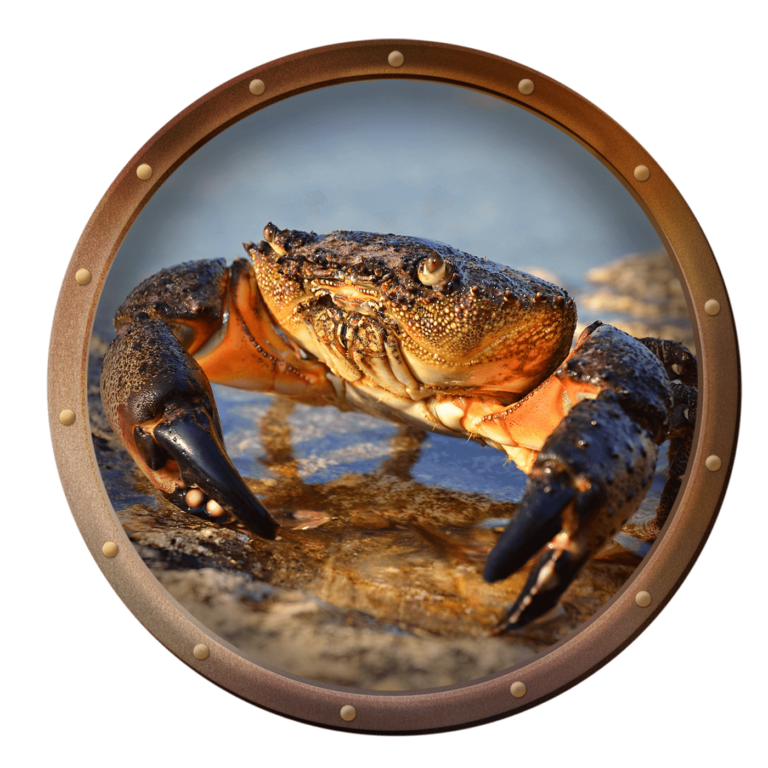
Spiny Lobster Habitats
Spiny lobsters’ habitats are more global than those of stone crabs. While they are abundant in South Florida, the Bahamas and the Caribbean, they are also found in New Zealand, South Africa and Australia.
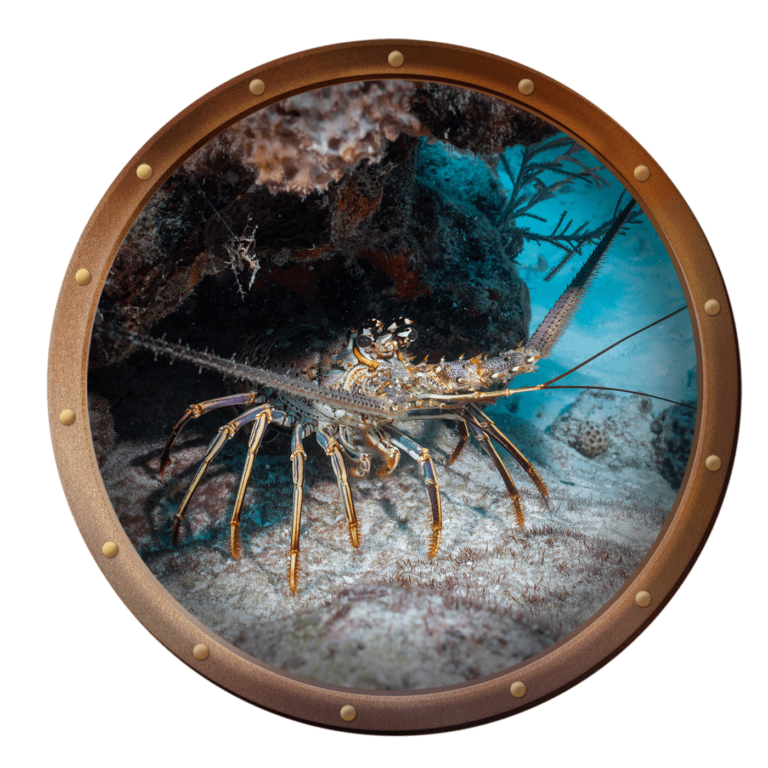
Spiny Lobsters Have a Lot of Nicknames
Depending on where you are, people have different names for spiny lobsters. They’re typically found hiding in coral rock and are often called “rock lobsters.” The French refer to them as “langoustes,” and in the Caribbean, it’s common to hear them called “crayfish” or “crawfish.”
Spiny Lobsters Are Different From Maine Lobsters
While Florida’s spiny lobster is just as much a delicacy as the more traditional Maine lobster that you may be familiar with, they have one significant anatomical difference. Instead of claws, Florida’s spiny lobsters have antennae, from which they get their name. When you dine on spiny lobster in Key West restaurants, you feast on their tender tail meat.
Spiny Lobsters’ Antennae Scare Off Prey
While they don’t have claws or pincers, spiny lobsters use their antennae to make screeching and hissing noises under the water by rubbing them against the smooth part of their exoskeleton, scaring away potential predators.
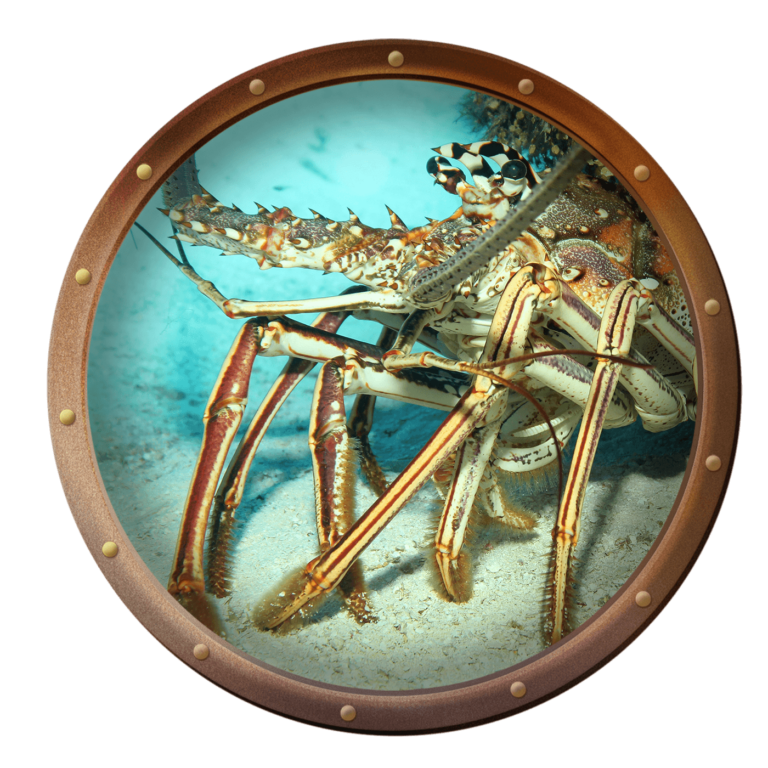
Stone Crabs’ Claws Can Grow Back
Stone crabs can lose their limbs or molt quickly when it comes to evading predators, which include sea turtles, grouper and horse conchs. When a claw breaks, the wound soon heals and a new claw grows back. Each time a stone crab molts, the new limb grows more substantial.
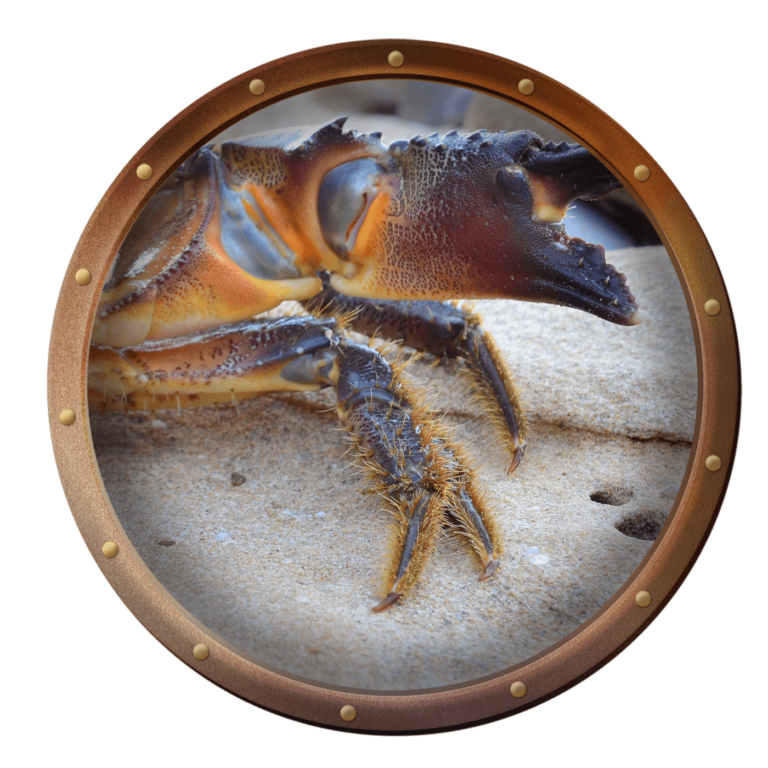
They Both Feed on Other Crustaceans
Stone crabs feed on oysters, worms, mollusks and other crustaceans, while the spiny lobster seeks out snails, clams, crabs and sea urchins.
Know Your Seasons
Regulated crustaceans are caught during designated seasons to sustain stone crab and lobster fishery. Whether you’re interested in diving to see these animals or want to dine on the freshest catch, it’s essential to know when they’re in season. Stone crab season runs from mid-October to mid-May, while Florida’s lobster season is August through March. It’s an exciting time in Key West at the start of both these seasons.
